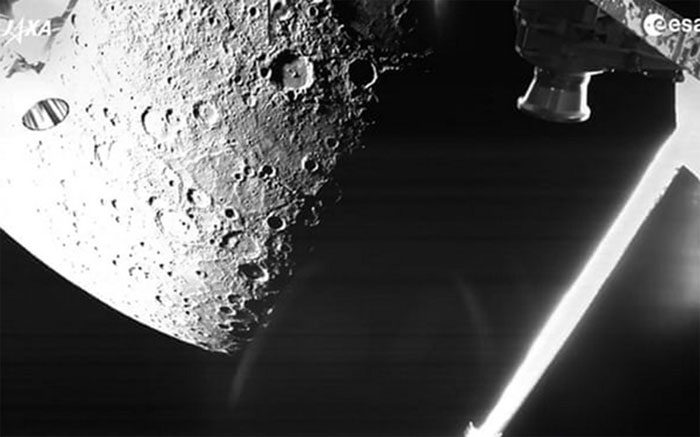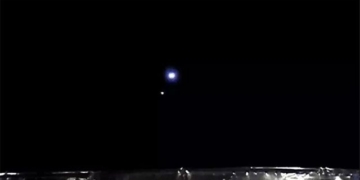The joint spacecraft BepiColombo from Europe and Japan has sent back the first images of Mercury – the planet closest to the Sun.
In a statement released on October 2, the European Space Agency (ESA) announced that these images were captured nearly 3 years after the unmanned spacecraft was launched into space aboard an Ariane 5 rocket.

Images of Mercury captured by the BepiColombo spacecraft as it flew past the planet on October 1. (Photo: European Space Agency/AFP/Getty Images)
The cameras mounted on BepiColombo took black and white photos. However, when BepiColombo reached the dark side of Mercury, the conditions were not favorable for capturing images at the closest distance to the planet, which is approximately 199 km away; therefore, the closest distance for capturing images was around 1,000 km.
The area displayed in the images is part of the northern hemisphere of Mercury, featuring wide craters and a region that was flooded with lava billions of years ago.
According to ESA, BepiColombo will study all aspects of this mysterious planet, from its core to surface processes, magnetic field, and exosphere “to gain a better understanding of the origins and evolution of a planet close to its parent star.”
The surface temperature on Mercury varies significantly, with daytime temperatures soaring to about 430 degrees Celsius, while at night it plunges to a frigid -180 degrees Celsius. One day on Mercury is nearly equivalent to 3 months on Earth.
BepiColombo is a joint mission of ESA and the Japan Aerospace Exploration Agency (JAXA), initiated in 2018, with a budget of 750 million USD.
So far, the BepiColombo spacecraft has successfully completed 4 flybys of 3 different planets, including its first flyby of Earth in April 2020, followed by two flybys of Venus in October 2020 and August 2021, and the most recent one of Mercury on October 1.





















































